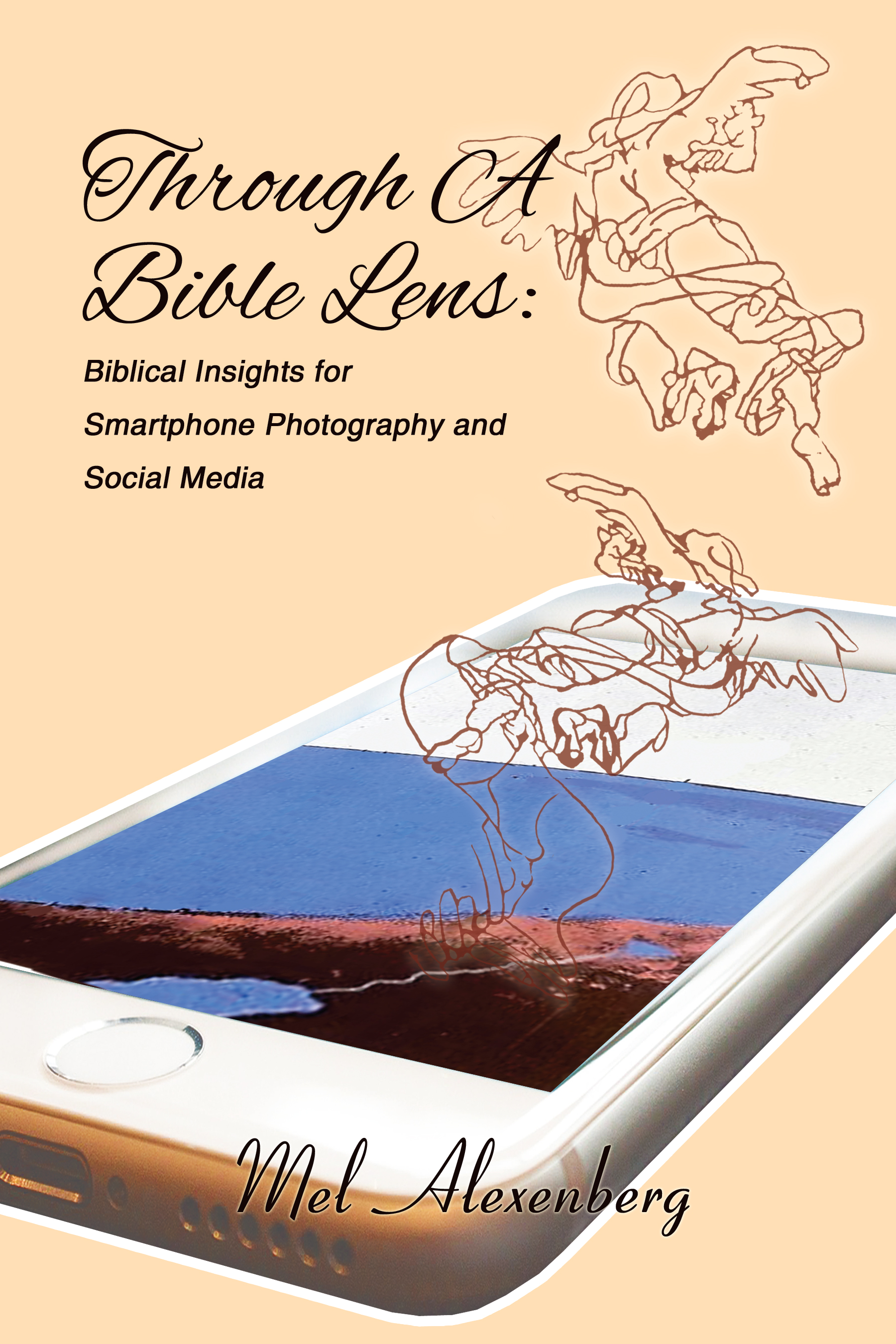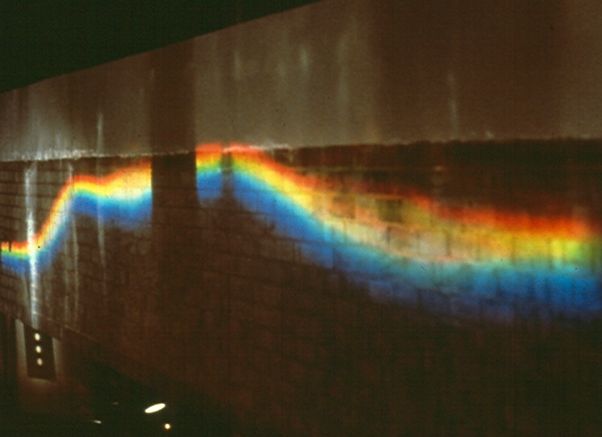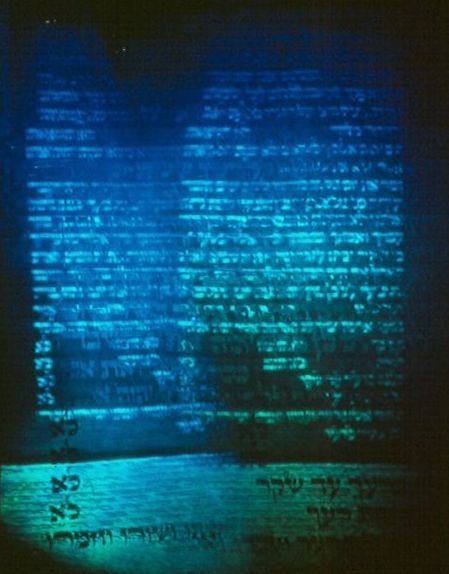BOOKS
Click on image to access full textThe book teaches you how to use your smartphone to transform the Bible into a mirror for seeing spirituality in your life. The book speaks to Jews and Christians who share a love of the Bible by inspiring a creative dialogue between your life and the biblical narrative. See praise for the book from Jewish and Christian spiritual leaders and experts on digital culture on five continents at
(CreateSpace, 2015) Buy the book from the publisher
https://www.createspace.com/5272082 or at http://www.amazon.com
This book is an invitation to explore creative ways to photograph God in all that happens in your everyday life while crafting a vibrant dialogue between your story and the biblical narrative. Photographing God speaks to people of all religions and spiritual tradtions as it explores thoughts from the Bible and kabbalah in fresh and imaginative ways. It uses kabbalah, the down-to-earth mystical tradtion of Judaism, to help you appreciate the creative process shared by you and God. It challenges you to inspirationally link an ancient spiritual tradition to your life in a networked world. See the "Creating a Spiritual Blog of Your Life" blog at http://bibleblogyourlife.blogspot.com.
"Mel Alexenberg offers a scintillating experiment in creativity. His work is an invitation to deepen your spiritual sensibilities as you extend your imagination." - Jan Phillips, author of God is at Eye Level: Photography as a Healing Art
"One of art's most complete and compelling integrations of the sacred and the profane. It reads like a swift and soulful breeze." - Dr. Shaun McNiff, author of Earth Angels: Engaging the Sacred in Everyday Things, University Professor, Lesely University, Cambridge
"This is one of those books that other thinkers will wish they had somehow thought about how to write, and to which readers of diverse sorts will simply respond by saying: wow!" - Dr. Ori Soltes, author of Tradition and Transformation, Professorial Lecturer, Georgetown University, former Director, National Jewish Museum, Washington, DC
"Photograph God strikes a balance between Kabbalah and contemporary culture. It is literate, wise, and easily accessible." - Rabbi Lawrence Kushner, author of God Was in This Place & I, i Did Not Know: Finding Self, Spirituality and Ultimate Meaning and the novel Kabbalah: A Love Story
"In an origianl way, Prof. Alexenberg invites us to connect the networked world of Facebook, Twitter, Flickr, Instagram, WhatsApp and Blogspot, with the concept of an invisible God." - Dr. Yale Eylat Van-Essen, author of Digital Culture, Virtuality, Society and Information, teaches at Tel Aviv University and Holon Institute of Technology, Israel
"There are many parallels in Christian thought and deed that should allow this excellent book to resonate with many people of faith." - Bob Weil, co-author of The Art of iPhone Photography
"A mystical computer program for spiritual seeking. A great project to make art a conduit for the Divine." - Rabbi Dr. Shimon Cowen, Director, Institute for Judaism and Civilization, Australia
"Photograph God gives us an amazing perspective on our own existence, especially in the age of the interconnected iPhone culture." - Prof. Michael Bielicky, Head of Department of Digital Media/Postdigital Narrative, University of Art and Design/ZKM Center for Art and Media, Karlsruhe
"Alexenberg proposes that text and image - something as simple as photos taken with a smartphone, and multiplied in their resonance by the Internet - can be a consciousness raising tool." - Peter Samis, Associate Curator, Interpretaion, San Francisco Museum of Modern Art
(Intellect Books/University of Chicago Press, 2011)
In The Future of Art in a Postdigital Age, artist and educator Mel Alexenberg offers a prophetic vision of a postdigital future that reveals a paradigm shift from the Hellenistic to the Hebraic roots of Western culture. The author surveys new art forms emerging from a postdigitial age that address the humanization of digital technologies. He ventures beyond the digital to explore postdigital perspectives rising from creative encounters between art, science, technology, and human consciousness. New chapters “Postdigital Perspectives: Rediscovering Ten Fingers” and Wiki Perspectives: Multiform Unity and Global Tribes” have been added to chapters on semiotic, morphological, kabbalistic, and halakhic perspectives. The interrelationships between these alternative perspectives demonstrate the confluence between postdigital art and the dynamic, creative, open-ended Jewish structure of consciousness. Alexenberg’s pioneering artwork – a vibrant fusion of spiritual and technological realms – exemplifies and complements the theoretical thesis of his book. A revolutionary investigation into interactive and collaborative forms that imaginatively envisages the vast potential of art in a postdigital future.
“Mel Alexenberg, a very sophisticated artist and scholar of much experience in the complex playing field of art-science-technology, addresses the rarely asked question: How does the "media magic" communicate content?”
- Prof. Otto Piene, Director Emeritus, MIT Center for Advanced Visual Studies, Massachusetts Institute of Technology, Cambridge
(in Hebrew)
Jerusalem: Rubin Mass House with Emuna College, 2008
"מל אלסנברג, אמן מתוחכם מאוד ומלומד המנוסה בשדה המשחק של אומנות –מדע- טכנולוגיה, מפנה כאן את השאלה הנדירה: איך "קסם המדיה " מתקשר לתוכן." - אוטו פיאנה, פרופ. ומנהל המרכז ללימודים חזותיים מתקדמים MIT ,קיימבריג'.
"זהו ספר נפלא וחשוב. המחבר קושר בין ההיסטוריה של האומנות לבין התפקיד החשוב של דרכי חשיבה מן המסורת היהודית, ומחבר את אלו להופעתה של תרבות ביטוי דיגיטלי. תובנות מבריקות ודרכי מבט חדשות הופכות את הספר לחובת קריאה עבור כל מי שמעוניין בהיסטוריה של דימויים
במאה העשרים ואחת." - ד"ר רון בורנט, מחבר הספר "איך דימויים חושבים." נשיא האוניברסיטה לאומנות ועיצוב ע"ש אמילי קאר בוונקובר, קנדה.
(Intellect Books/University of Chicago Press, 2008)
Some of the world’s most innovative thinkers about higher education in the arts offer fresh directions for educating artists for a post-digital future. A group of artists, researchers, and teachers from a dozen countries here redefine art at the interdisciplinary interface where scientific inquiry and new technologies shape aesthetic values. This volume offers groundbreaking guidelines for art educators, demonstrating how the interplay between digital and cultural systems calls for alternative pedagogical strategies that encourage student-centered interactive learning.
"Educating Artists for the Future is a rare find. Alexenberg has done a remarkable job of bringing together outstanding artist/educators who are grappling with issues related to technology, ecology, creativity, agency, identity and community."
- Prof. Rita L. Irwin, University of British Columbia. Review in Studies in Art Education
“You are guaranteed to find inspiration by the bucket-load whether you are an artist, designer, tutor, or student of multimedia and the arts.
- Jade Ashcroft, Enlightening Times
The Hebrew version of nine of the essays for this book appear in a special issue of the Israeli art journal Zipora published by Emuna College in Jerusalem, No. 3, Oct. 2014.
The English edition is in process.
The great biblical miracle of liberating one nation of thousands from enslavement in the one country of Egypt after hundreds of years of exile pales in comparison with the Zionist miracle in our time of liberating millions of Jews from persecution, pogroms, and the Holocaust in scores of countries after thousands years of exile and bringing them home to Israel. Choosing to be an integral part of this Zionist miracle, unprecedented in world history, offers enthralling creative opportunities to artists.
The book edited by Mel Alexenberg and Amos Safrai presents a collection of essays written by artists about their lives and their artworks while exploring the vibrant interface between the realization of the Zionist dream in the State of Israel and new directions in art emerging from postdigital creativity in a networked world.
(Intellect Books/University of Chicago Press, 2006; paperback edition 2008)
“In his book, Mel Alexenberg navigates his artistic insight amid the labyrinthian complexities, explosions, and revolutions of the past forty years of art, tracing his way amid questions of science and religion, technology and environment, education, culture, and cosmos. Everyone will find his book full of new vantage points and vistas, fresh insights that give a uniquely personal history of artistic time that indeed points to new and open futures.”
- Prof. Lowry Burgess, Dean and Distinguished Fellow of the Studio for Creative Inquiry, Carnegie Mellon University, Pittsburgh
“This is a wonderful and important book. The author links the history of art to the important role played by various forms of thinking in the Jewish tradition and connects that to the emerging culture of digital expression. Brilliant insights and new ways of seeing make this a must-read for anyone interested in the intellectual history of images in the 21st Century.”
- Dr. Ron Burnett, author of How Images Think (MIT Press), President of Emily Carr University of Art and Design in Vancouver, Canada
(Miami: New World School of the Arts, 1994)
In my ten years living in Miami, it became clear to me that polyculturalism and ecological perspective are related. Both promote multiple views of the whole and of dynamic interrelationships in growing ecosystems that embrace nature, society, and media. Twenty-two young artists in the senior class of the New World School of the Arts high school worked on an art project, Miami in Ecological Perspective, with me and biologists from the Everglades National Park. These Miamians and their parents were born on five continents, in sixteen countries, and in twelve states.
Al Gore expresses the spirit of this project in his book Earth in Balance: Ecology and the Human Spirit: "The ecological perspective begins with the view of the whole, an understanding of how the various parts of nature interact in patterns that tend towards balance and persist over time. But this perspective cannot treat the earth as something separate from human civilization; we are part of the whole too, and looking at it ultimately means looking at ourselves."
(MIT Center for Advanced Visual Studies and Yeshiva University Museum, 1988)
The catalog of an exhibition created at MIT Center for Advanced Visual Studies for Yeshiva University Museum by Mel Alexenberg and Otto Piene. Harvard University psychologist Rudolf Arnheim wrote the introduction followed by a dialogue between Alexenberg and Yeshiva University president Norman Lamm.
The LightsOROT exhibition was a collaborative art environment that explores the confluence between the deep structure of Jewish consciousness and the new worldview emergining from the electronic revolution. It celebrates sight and insight - the range of beautiful lights that we can see and inner lights that well up from the human psyche in the artist's creative process.
"Whoever is endowed with the soul of a creator must create works of imagination.... For the flame of the soul raises itself and one cannot impede it on its course." - Rabbi A. I. Kook, Orot Hakodesh (Lights of Holiness)
(Ramat Gan, Israel: Bar Ilan University Press, 1981)
Professor Alexenberg interviewed some of America’s most successful learners – scientists elected to the US National Academy of Sciences including Nobel laureates, and artists of equal prominence. He found that art and science, two fields often viewed as polar opposites, share a common structure when the dynamics of creative process was analyzed. Both artists and scientists described a process that culminates in the buoyant joy that comes from bursting into consciousness of new and fresh knowledge. They described the beginning of the creative process as a “messing about” phase in which broad scanning is gradually narrowed to a more directed search. It was characterized as a period of vacillation between intense involvement and relaxed detachment and between confidence and self-doubt. The sudden awareness of a newly formed whole came as the climax of the process. They spoke about a post-climactic phase in which the elation of climax was reduced to an aesthetic glow.
(Englewood Cliffs, NJ: Prentice-Hall, 1969)
Light and Sight is the best selling book for children to learn about light and their sense of sight through hands-on experiments.
From the jacket flap:
If you would like to work and learn as a scientist does, then follow the Gloop through “Light and Sight.”
Have you ever wondered why you look so funny when you see yourself in the fender of a car? Or, why some shadows are large and some are small?
You can find out about the world of light and sight from mirrors, water, lightbulbs, or even your mother’s cookie sheet.
This is the second book by Mel Alexenberg in his series on the human senses, both illustrated by Tomie de Paola. His first book, Sound Science, explores sound and the sense of hearing through science experiments(Englewood Cliffs, NJ: Prentice-Hall, 1968).







